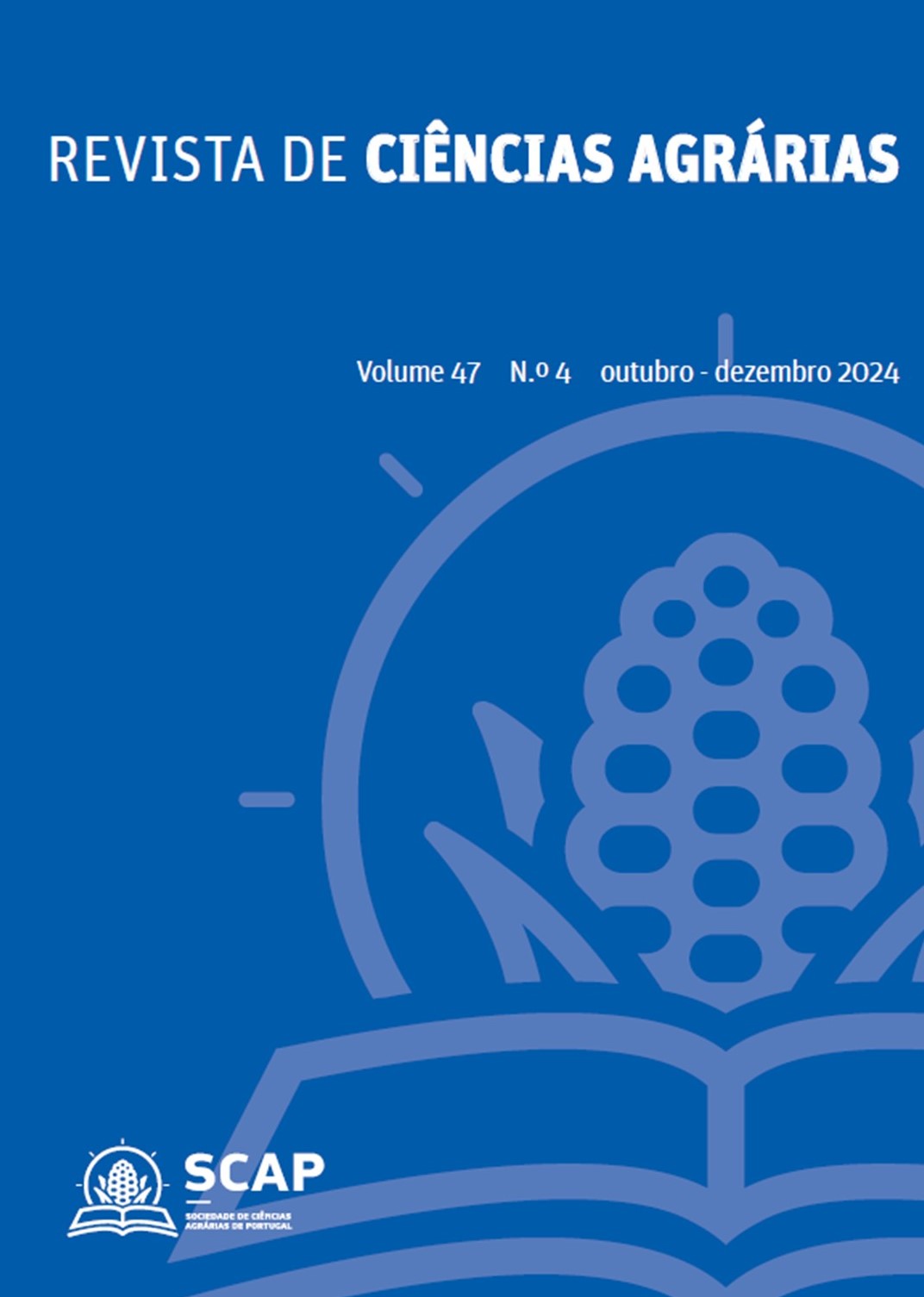Effects of solar exposure, density and management of a holm oak forest in the Alentejo on some physical properties of the soil
DOI:
https://doi.org/10.19084/rca.38558Abstract
The Alentejo region, in southern Portugal, is highly susceptible to desertification and drought due to its hot, dry Mediterranean climate. The “montado”, is vital for the landscape, biodiversity and environmental balance. In the Baixo Alentejo region, “Herdade da Coitadinha”, in Barrancos, promotes sustainable development, seeking to increase the resilience of the “montado”. This study investigated how canopy cover, sun exposure and grazing regime affect soil physical properties in areas of holm oak forest at Herdade da Coitadinha. Topsoil samples (0-5 cm) were collected under different conditions of canopy density, sun exposure and grazing. Bulk density, total porosity and permeability were analysed. The results showed that grazing was the most influential factor on bulk density (p < 0.0001). Porosity was negatively influenced by management and canopy cover (p < 0.05). The average initial and final permeability (Ki and Kf) were lower in the trampled areas (Ki=39.5 and Kf=54.19 cm/h) than in exclusion areas (Ki=231.3 and Kf=259.1 cm/h). The study emphasises the importance of cattle management and vegetation cover for the conservation and resilience of the holm oak forest, providing important insights for conservation measures and adaptation to future threats.


